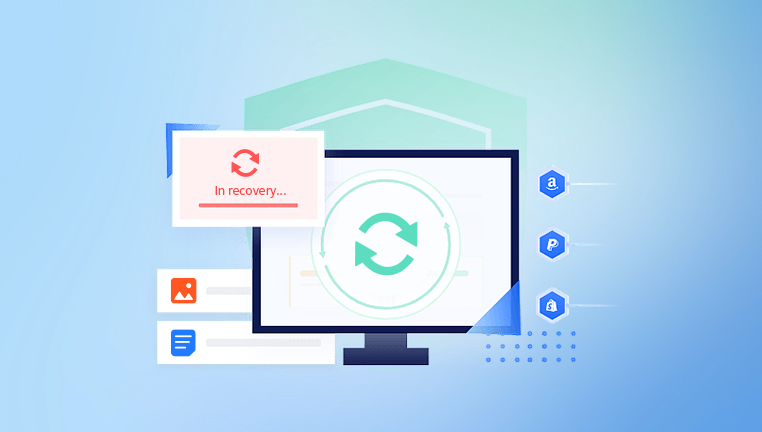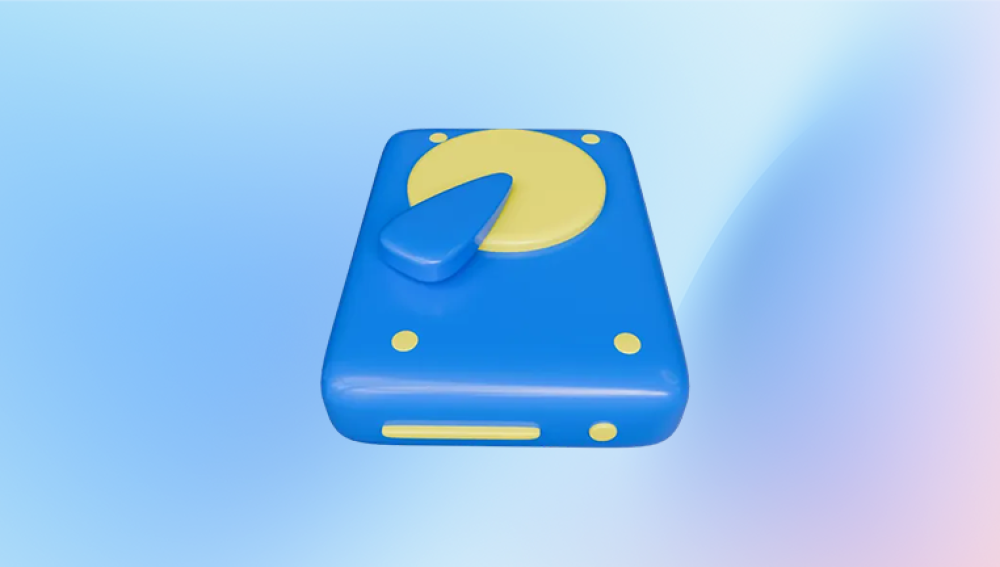This issue often arises from a variety of factors, including hidden files, system files, and errors within the file system itself.
1. Disk Space Usage
Before diving into the solutions, it’s essential to understand how disk space is utilized on your computer. Disk space can be consumed by:
User Files: Documents, photos, videos, and music that you create or download.
System Files: Operating system files that are essential for the running of your OS.
Temporary Files: Files created by applications for temporary storage, which can sometimes accumulate.
Hidden Files: Files that are not visible in the standard file view but can take up significant space.

2. Identifying Disk Usage
The first step in addressing the issue is to identify where the disk space is being used. Here’s how you can do this on various operating systems:
Windows
Disk Usage Analysis:
Open File Explorer and right-click on your hard disk.
Select Properties to see the used and free space.
Click on the Disk Cleanup button to access a tool that can help clear temporary files and other unnecessary items.
Using Disk Usage Tools:
Tools like WinDirStat or TreeSize Free can provide a visual representation of disk usage, helping you identify large folders and files.
macOS
About This Mac:
Click on the Apple icon and select About This Mac.
Go to the Storage tab to see an overview of what’s taking up space.
Disk Space Analysis Tools:
Applications like DaisyDisk or GrandPerspective can help visualize disk usage.
3. Checking for Hidden Files
Hidden files can consume significant disk space without your knowledge. To check for hidden files:
Windows
Open File Explorer and click on the View tab.
Check the Hidden items box to show hidden files and folders.
macOS
Open Finder, then press Command + Shift + . (period) to toggle the visibility of hidden files.
4. Investigating System Files and Restores
System files, including system restore points and shadow copies, can also occupy space:
Windows System Restore: Windows may create restore points that can take up large amounts of space.
To manage this, go to Control Panel > System and Security > System > System Protection and adjust the space used for restore points.
macOS Time Machine: If you use Time Machine, it can create snapshots that may take significant space.
Open System Preferences > Time Machine, and manage backup space accordingly.
5. Cleaning Up Temporary Files
Temporary files can accumulate over time. Here’s how to clean them up:
Windows
Use the Disk Cleanup tool:
Type Disk Cleanup in the search bar and open it.
Select the drive you want to clean, and the tool will analyze it for unnecessary files.
Check the boxes next to the types of files you want to delete, such as temporary files, and click OK.
Consider using third-party tools like CCleaner to help clean up additional temporary files.
macOS
Use the Optimize Storage feature:
Go to Apple Menu > About This Mac > Storage > Manage.
Follow the recommendations to optimize storage, which may include removing temporary files and emptying the trash.
6. Checking for Malware and Unwanted Software
Malware can sometimes create hidden files or log files that occupy disk space. Run a full system scan with a reputable antivirus software to detect and remove any malware.
7. Repairing the File System
If you’ve checked for hidden files and cleaned up temporary files but still find your disk full, it might be a file system issue:
Windows
Open Command Prompt as an administrator.
Type chkdsk C: /f (replace "C:" with the drive letter of your hard disk) and press Enter. This will check for and fix file system errors.
macOS
Open Disk Utility from Applications > Utilities.
Select your disk and click on First Aid to check for and repair any issues.
8. Last Resort: Backup and Format
If all else fails and you cannot identify what is consuming your disk space, consider backing up your data and formatting the hard disk.
Backup Your Data
Use external hard drives or cloud services to back up your important files.
Ensure that you have a complete backup before proceeding with formatting.
Format the Hard Disk
Windows:
Go to Disk Management by right-clicking on the Start button and selecting it.
Right-click on your hard drive and select Format.
macOS:
Open Disk Utility.
Select your hard disk and click on Erase.
9. Preventive Measures
To avoid facing the same issue in the future:
Regularly monitor disk space usage.
Perform regular maintenance and cleanup.
Use disk management tools to visualize disk space.
Keep your operating system and applications updated to reduce the likelihood of bugs and errors.
Encountering a full hard disk with no visible files can be a daunting challenge, but with the right tools and methods, it is possible to identify and resolve the issue. By understanding disk space usage, checking for hidden and system files, cleaning up temporary files, and maintaining regular backups, you can ensure that your hard disk operates efficiently and remains clutter-free. Regular monitoring and maintenance can save you from future headaches and help you maintain optimal performance on your computer.




